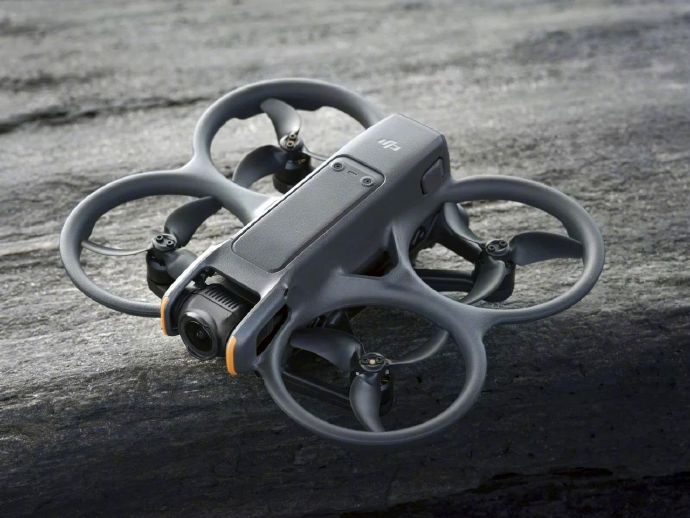Drones have revolutionized the way photographers capture the world, offering unique angles and perspectives that were once impossible to achieve. By integrating drone technology into photography, enthusiasts and professionals alike can push the boundaries of creative expression. This powerful tool allows for stunning aerial shots, which are becoming increasingly popular in various photography fields such as landscape, wedding, and wildlife photography.
A New Perspective
The use of drones in photography presents a fascinating opportunity to explore the world from above. Through aerial photography, one can capture expansive landscapes, bustling urban scenes, or serene nature settings all with a bird’s-eye view. These unique perspectives can enhance storytelling, bringing an exceptional element to the visual narrative.
Technical Aspects and Equipment
Understanding the technical aspects of drone photography is crucial for achieving the best results. Considerations include:
- Camera Quality: High-resolution cameras with adjustable settings offer better image quality.
- Stability: Advanced stabilization systems ensure smooth and clear images.
- Battery Life: Sufficient battery capacity allows more time to capture images without interruption.
Additionally, legal regulations must be adhered to, ensuring that the usage of drones does not infringe on privacy or airspace safety.
Creative Opportunities
Drone photography unlocks vast creative opportunities by enabling photographers to experiment with:
- Dynamic Compositions: Capture wide-angle shots of sprawling landscapes or intricate cityscapes.
- Action Shots: Document wildlife in their natural habitat without disturbing them.
- Unique Perspectives: Elevate wedding photography by capturing panoramic views of venues and guests.
Moreover, drones equipped with features like automated flight paths and obstacle detection open up new possibilities for photographers by enabling them to focus more on creativity rather than piloting skills.
Challenges and Solutions
While drones offer incredible benefits, they also present challenges such as weather conditions and technical limitations. Adverse weather can affect flight stability and image quality. To mitigate these challenges, photographers must:
- Check the weather forecast before planning a drone shoot.
- Ensure firmware is up to date for optimal functionality.

FAQs
- What is the best drone for beginners in photography?
- For beginners, drones that offer ease of use, good camera quality, and safety features are recommended. Models like the DJI Mini 2 are popular for their user-friendly interfaces and high-quality output.
- Do drones have limitations in photography?
- Yes, limitations include battery life, regulatory restrictions, and weather conditions affecting flight and image quality.
In essence, incorporating drones into photography both expands creative horizons and enriches the storytelling process. As technology advances, drones will undoubtedly continue to play a pivotal role in the photographic world.